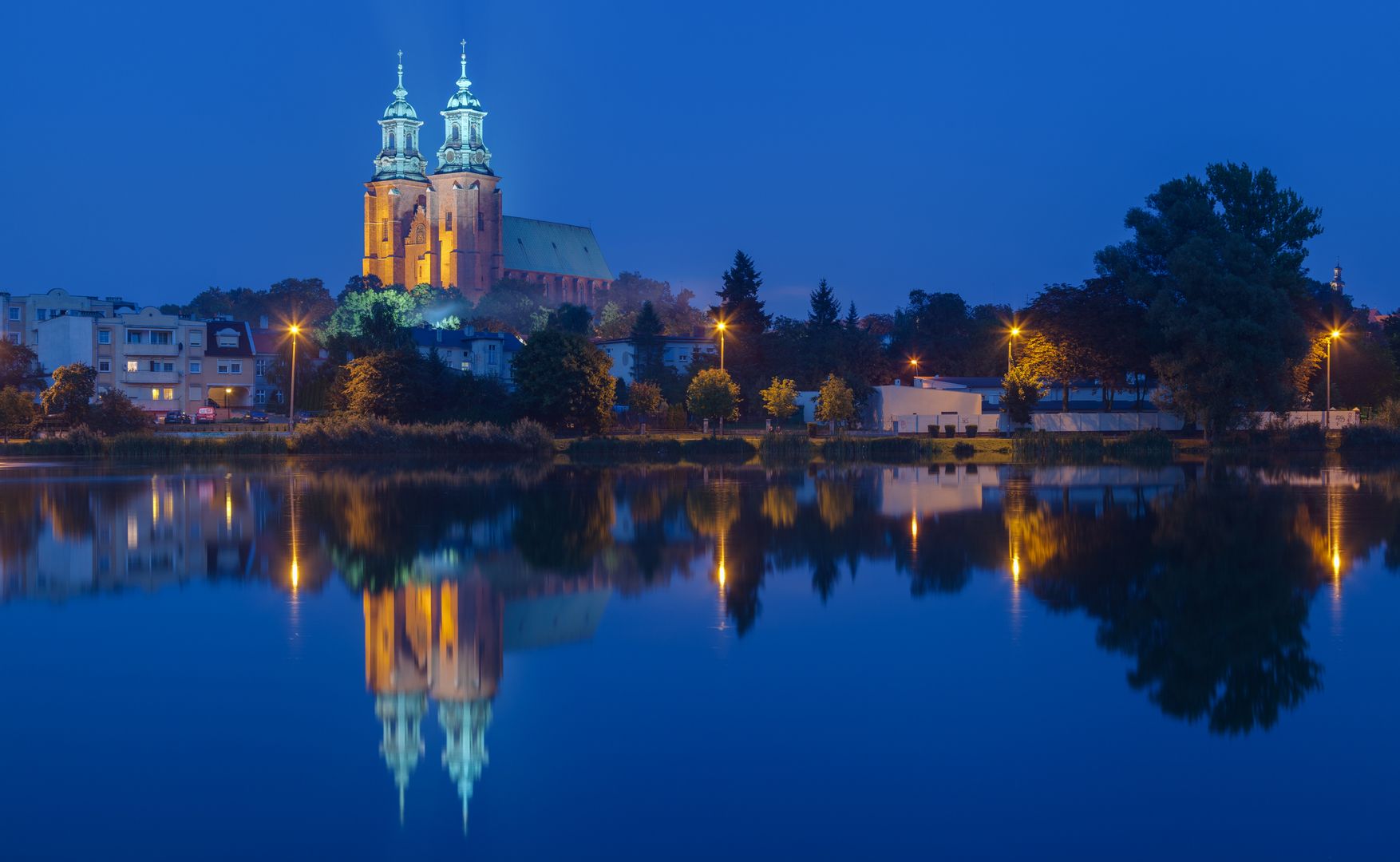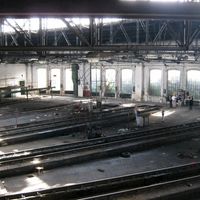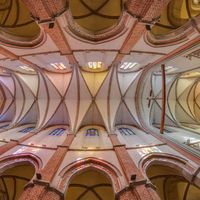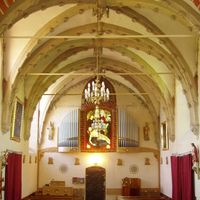Gniezno
7.51

Overview
Gniezno, the first capital of Poland, is located in the Greater Poland Voivodeship. The city is known for its architecture, including the Gniezno Cathedral, which is the main monument housing the relics of St. Adalbert and the famous Gniezno Doors. The history of Gniezno dates back to the early Middle Ages; it was here that Mieszko I built the first stronghold and established the Polish archbishopric in 1000 during the meeting with Otto III. Gniezno was the site of royal coronations, with Bolesław the Brave being one of the most important rulers. The city still holds religious significance as the seat of the Primates of Poland. Gniezno's culture is rich – it hosts festivals and has its own theaters, museums, and recurring events such as the City Name Day or the Royal Artistic Festival. Gniezno was also a center of Jewish activity from its early years, although this community was almost entirely wiped out during World War II. Interestingly, in a historical context, Gniezno is also linked to the legend of Lech, Czech, and Rus, which refers to the city's name meaning "nest" – a place of refuge. The modernization of Gniezno gained momentum after the fire of 1819, when the city acquired a new urban layout, and today it attracts tourists with routes such as the Piast Trail or the Greater Poland Way of St. James. Gniezno hosts numerous sporting events and recreational activities related to speedway, football, and other disciplines. Despite its difficult history, Gniezno remains an important cultural and religious center of Poland, attracting both tourists and residents with its monuments and rich tradition.
Location
Tickets
Powered by GetYourGuide
2025 Wizytor | All Rights Reserved




